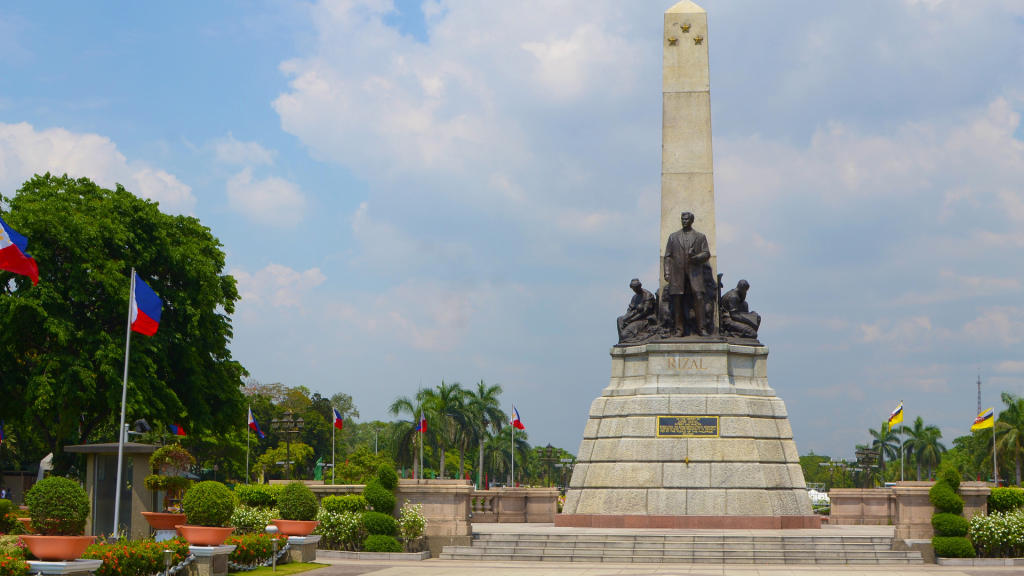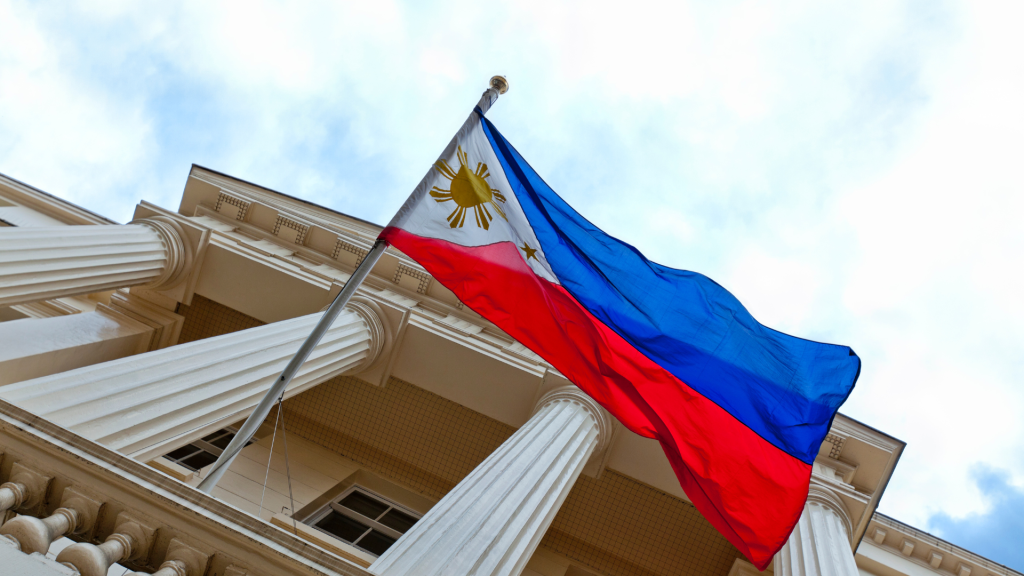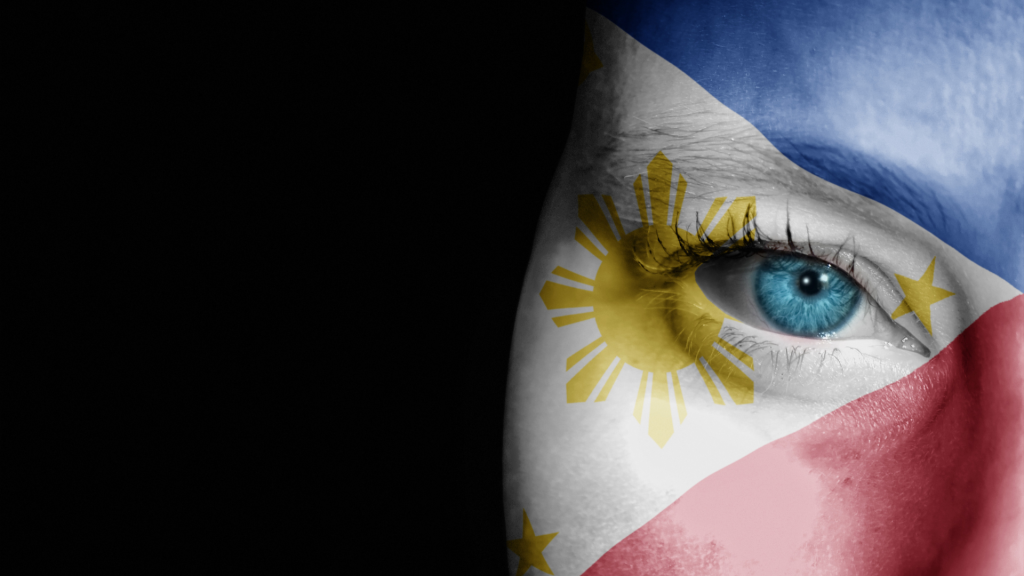Mabuhay ang Pilipinas!

Every 28th of May, we give honor to our national flag. It is a part of our national pride. Now, let’s delve deeper into the history of the Philippine flag.
History

The history of the Philippine flag originates from the desire for freedom during the late 19th century, when the Filipino people were under Spanish control and longing for self-rule. It was during this period of struggle against colonization that the idea of having a national flag emerged.
In 1897, General Emilio Aguinaldo, a significant leader in the Philippine Revolution, requested the creation of the first Philippine flag in Hong Kong. This flag, sewn by Marcela Agoncillo, Lorenza Agoncillo, and Delfina Herbosa de Natividad, featured symbols representing the aspirations of the Katipunan, a clandestine organization advocating independence from Spanish rule.
The Design and Its Symbolism

The major color of the flag represents the unity and sacrifices of Filipinos.Blue Stripe Symbolizes justice, peace and the truth.
Red Stripe
Symbolizes patriotism, valor, and the blood shed in the struggle of freedom.
White Triangle
Symbolizes equality and the Katipunan organization.
Three Stars
Symbolizes the three major islands of the Philippines.
Sun
Represents liberty.
Eight Rays
Represents the eight provinces revolted against Spain which are; Manila, Cavite, Bulacan, Pampanga, Nueva Ecija, Tarlac, Laguna, and Batangas.
Continuing Relevance

As the Philippines navigates the currents of modernity and progress, the flag remains a steadfast symbol of national unity, freedom, and pride. It is hoisted high during national celebrations, adorns government buildings and institutions, and serves as a poignant reminder of the sacrifices made by past generations for the freedoms enjoyed today.
In an increasingly interconnected world, the Philippine flag serves as a bridge between the nation’s storied past and its promising future. It is a reminder that, despite the passage of time, the indomitable Filipino spirit endures—a spirit imbued with the values of courage, resilience, and unwavering patriotism.

As Filipinos, it is important for us to give honor and love towards our flag since it signifies the strong dedication of our ancestors to achieve our country’s freedom from colonization. In the colors, symbols, and history of the Philippine flag, one finds not just a piece of cloth but a living testament to the Filipino identity — a beacon of hope, unity, and freedom.



Comments are closed.